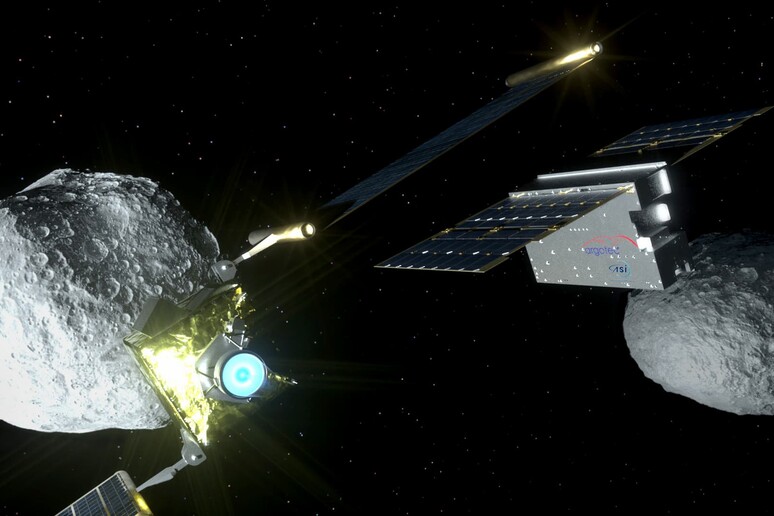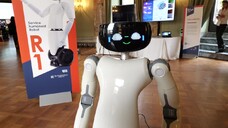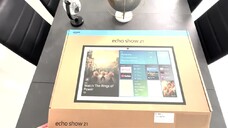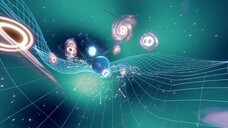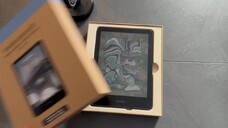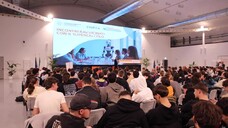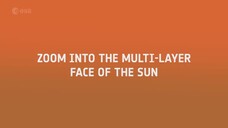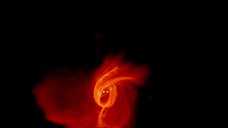The new images sent back to Earth by the small all-Italian reporter-probe LiciaCube are a mine of information about the first planetary defence experiment conducted on NASA's Dart mission in 2022.
On that occasion, the half-tonne heavy vehicle launched at a speed of 22,500 kilometres per hour hit Dimorphos, the satellite of the asteroid Didymos, changing its trajectory.
Now detailed images show what happened in the seconds after the impact, with long plumes of debris and dust.
The material has been analysed by a large international research team coordinated by the National Institute of Astrophysics (Inaf) and the results are published in Nature.
Other participating organisations include the 'Nello Carrara' Applied Physics Institute of the National Research Council, the Milan Polytechnic, and the Universities of Bologna and Parthenope in Naples.
LiciaCube is the first Italian-made interplanetary probe, and it was designed and built and is operated for the Italian Space Agency by the Turin-based company Argotec.
The images before and after the impact were captured by two instruments, Luke and Leia.
"LiciaCube captured 426 images of the effects produced by the impact," said Elisabetta Dotto of Inaf, first author of the study and coordinator of the group working on the LiciaCube programme since its conception.
The results are important for the global scientific community because they are the only ones to have been collected directly in the first planetary defence mission.
Riproduzione riservata © Copyright ANSA





